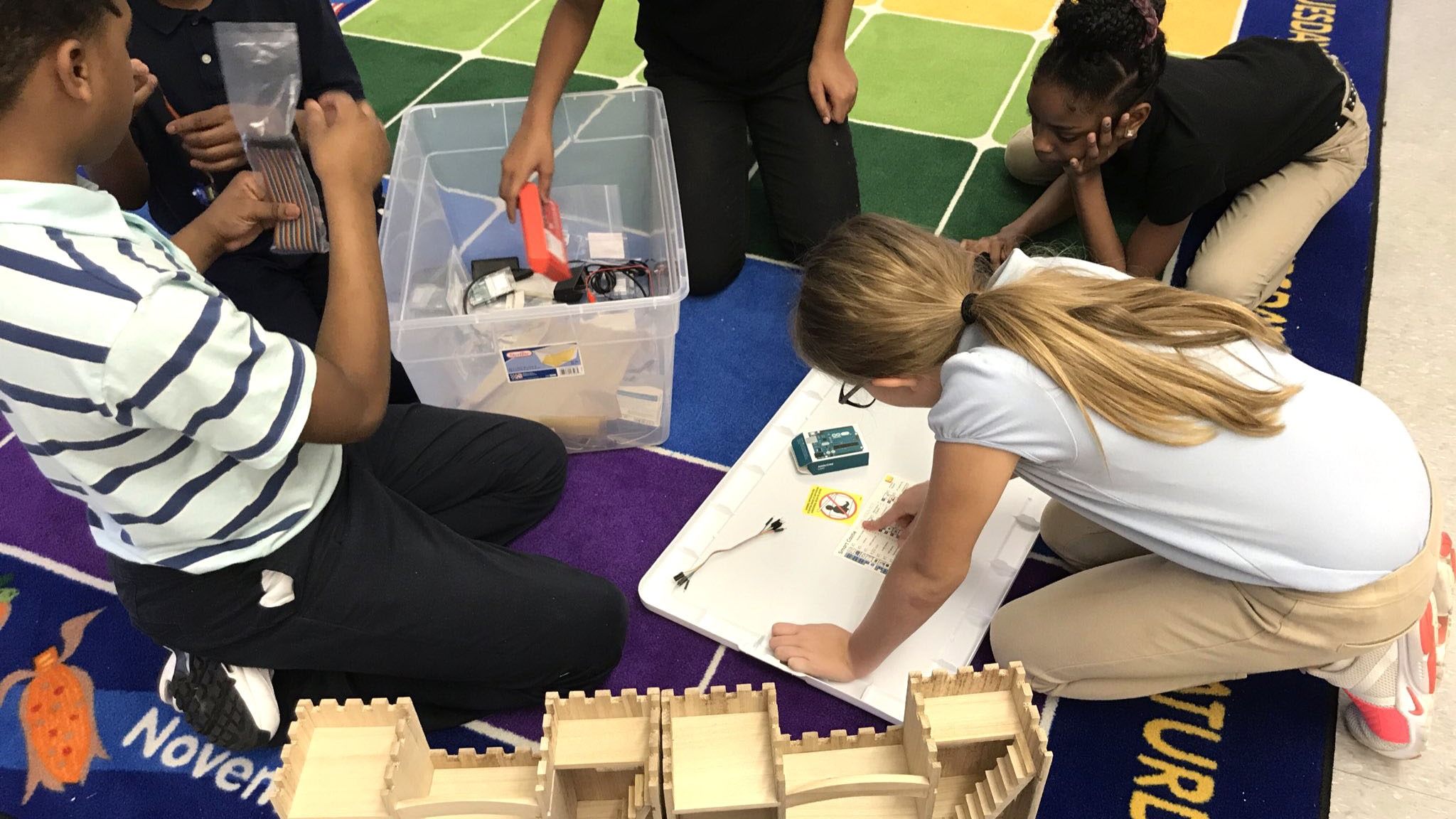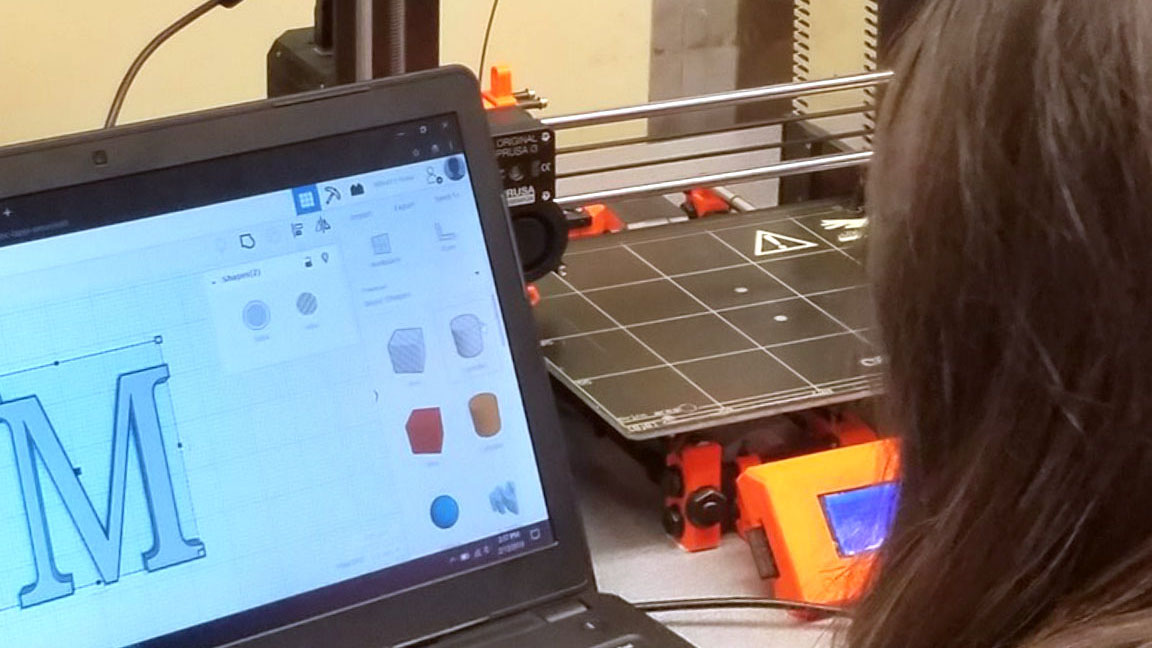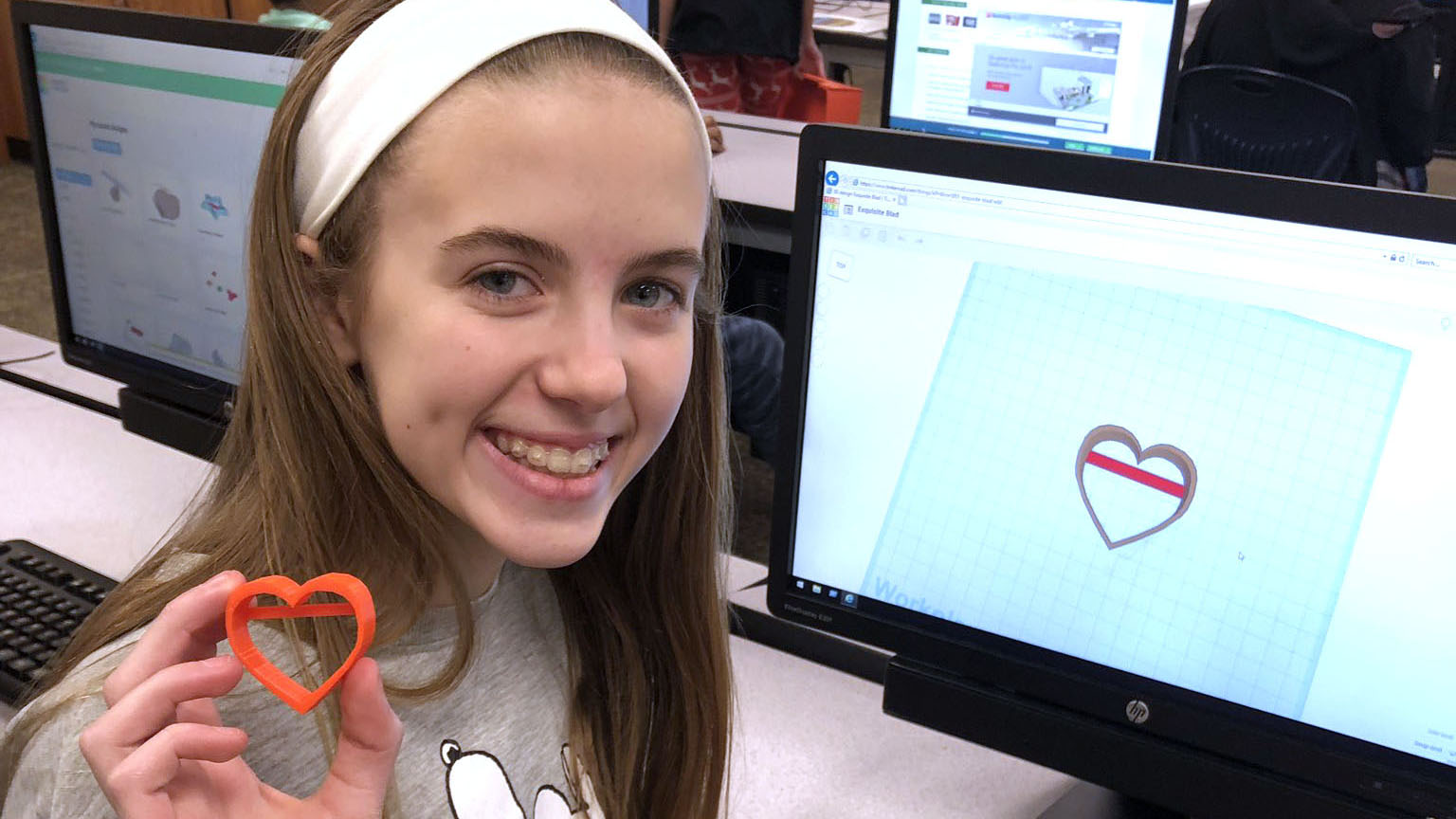In 2016 we surveyed 700 students participating in FUSE as part of a program evaluation by the University of Colorado. The findings confirm student-led choice allows interest development to flourish.

Collaborating with others leads to new interests

Choice leads to interest development

All youth find something that interests them in FUSE.
FUSE Evaluation & Research Summary
FUSE’s innovative model is based on decades of research in education. The program was initially conceived to create an alternative infrastructure for learning. To create a sustainable and equitable infrastructure for learning, we need to continually assess the program and refine its design. As FUSE grows and spreads into different contexts, FUSE team researchers observe and document student experience in a representative subset of FUSE studios. Our researchers collect video and interview data using ethnographic data collection models. FUSE has also been externally reviewed, which involved a detailed survey of 700 FUSE users. The survey results are summarized here.
FUSE is a project intiated in the School of Education and Social Policy at Northwestern University. FUSE was developed with a series of National Science Foundation grants, and grants to schools have been funded by partners including The Boeing Company, CompTIA, Siemens, and Smithfield. Early support for FUSE came from the Macarthur Foundation and Hive Chicago.
Outcomes of FUSE Participation
in 2015, FUSE was evaluated by an external team. The evaluation included a survey administered to over 700 FUSE users. The survey and evaluation findings have been distilled here.
FUSE enables youth to discover new interests.
100% of surveyed youth report discovery of a new interest in FUSE. Three quarters reported that this new interest could be relevant to success in school, at work, or both.
FUSE supports the development of 21st century skills.
Surveys of FUSE youth show evidence of increased persistence, adaptive problem solving, and collaboration over the course of their FUSE experience. Youth reported an increase in their efforts to look for ways to solve difficult problems they encounter, and they showed a greater willingness to try something they were not good at. 100% of facilitators interviewed report that FUSE supports students in developing necessary ‘non-cognitive skills’, such as problem-solving, persistence, and working together.
FUSE is an environment with abundant peer support.
Nearly all FUSE participants experience the learning environment as high in peer support from their very earliest experiences. 100% of youth reported using peer support in FUSE. Nearly 66% of FUSE users described that peer support as offering new opportunities and resources that deepened their developing interests. Based on on-site observation data, teachers consistently redirect requests for help to peers, helping to create a culture in which peer support is nurtured and expected.
FUSE impacts future plans.
Responses to questions about how FUSE is influencing participants’ thoughts about future STEM education and career pathways showed that FUSE supports participants’ existing ideas and/or suggests new ideas about the future. In particular there were significant increases in responses to the prompts: “The FUSE challenges I’ve tried are like things I might want to study in school in the future” and “The FUSE challenges I’ve tried are like things I might want to do for work in the future”.
FUSE has an impact beyond the studio.
Over 50% of youth reported that they could transfer skills learned in FUSE to their work in the classroom, and that their teachers had noted these new capacities.
FUSE is successful in a variety of contexts.
External evaluators report that FUSE can successfully adapt to a wide range of school and community settings. 93% of schools implementing FUSE are public schools, ranging from elementary to high school. 59% of those schools serve a substantial population of low-income students. Of the youth participating in FUSE, 57% report being from an under-represented minority.
FUSE appeals to boys and girls.
Students of both genders persist through FUSE challenges at consistently high rates (i.e. greater than 80%). Analysis of user data shows that, of the FUSE challenges, a third are particularly interesting to girls, a third to boys, and a third are equally interesting to all users.
FUSE Evaluation completed by WIlliam Penuel at the School of Education, University of Colorado, Boulder. Over 700 FUSE users were surveyed in the 2015-16 academic year. FUSE is generously supported by grants from the MacArthur Foundation, Hive Chicago and from the National Science Foundation under NSF grants DRL-1348800 and DRL-1433724. Any opinions, findings, and conclusions or recommendations expressed in this material are those of the author(s) and do not necessarily reflect the views of the National Science Foundation.